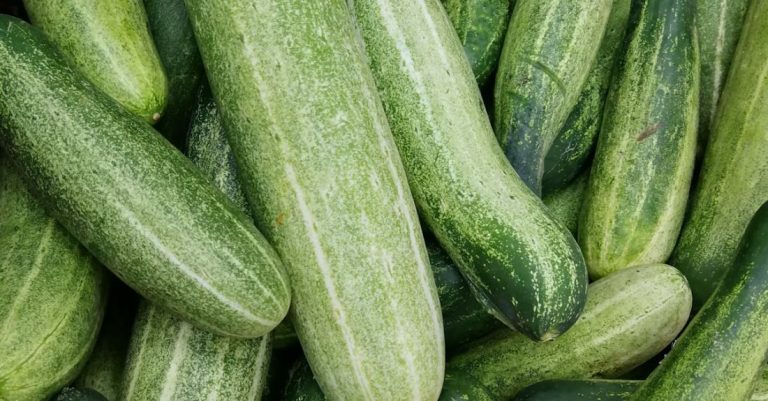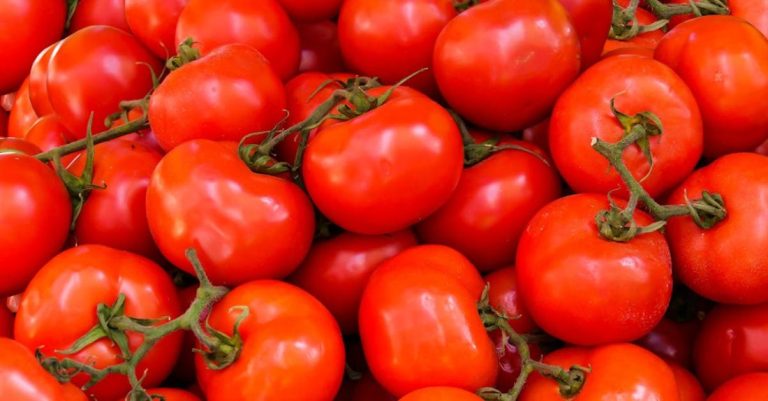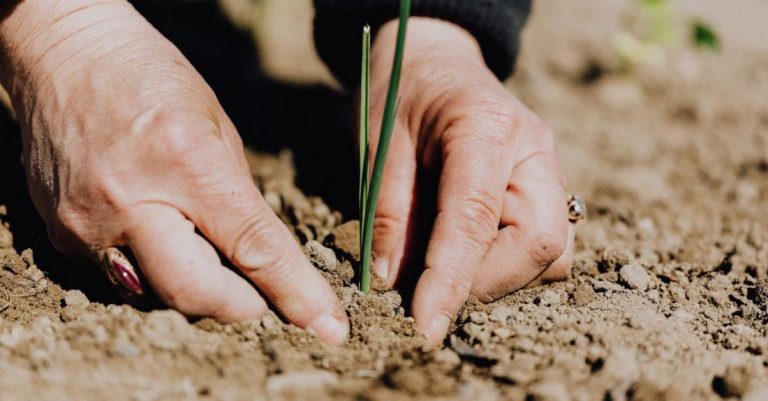
Crop rotation is a fundamental agricultural practice that has been used for centuries to maintain soil health, increase crop yields, and reduce pest and disease pressure. By rotating different crops on a particular piece of land each growing season, farmers can effectively manage nutrient levels in the soil, break pest cycles, and improve overall crop productivity. In this article, we will explore the best practices for crop rotation that can help farmers maximize the benefits of this age-old technique.
The Importance of Crop Rotation
Crop rotation plays a crucial role in sustainable farming practices by promoting soil fertility, reducing the reliance on chemical inputs, and enhancing biodiversity on farms. By alternating crops from different plant families, farmers can prevent the buildup of pests and diseases that target specific plants. Additionally, rotating crops helps to break the lifecycle of soilborne pathogens and weeds, ultimately leading to healthier soils and higher crop yields.
Selecting Crops for Rotation
When planning a crop rotation strategy, it is essential to select crops that complement each other in terms of nutrient requirements, root structures, and growth habits. Rotating crops from different families helps to prevent the depletion of specific nutrients in the soil and reduces the risk of pest infestations. For example, legumes such as peas and beans are known for their ability to fix nitrogen in the soil, making them excellent choices for improving soil fertility when rotated with nitrogen-demanding crops like corn or wheat.
Timing and Sequence of Crops
The timing and sequence of crops in a rotation plan are critical factors that can influence the success of the rotation. Farmers should consider the growth cycles of different crops, as well as their nutrient needs, when planning the rotation schedule. For example, planting a nitrogen-fixing cover crop like clover or alfalfa before a high-demand crop like tomatoes can help to replenish soil nitrogen levels and improve overall crop health.
Incorporating Cover Crops
Cover crops play a vital role in crop rotation by protecting the soil from erosion, suppressing weeds, and adding organic matter to the soil. Including cover crops such as rye, oats, or vetch in a rotation plan can help to improve soil structure, increase water infiltration, and enhance nutrient cycling. Cover crops also provide habitat for beneficial insects and microorganisms, further promoting a healthy agroecosystem.
Managing Pest and Disease Pressure
One of the key benefits of crop rotation is its ability to reduce pest and disease pressure in agricultural fields. By rotating crops, farmers can disrupt the lifecycle of pests and pathogens that rely on specific host plants for survival. For example, planting a non-host crop like barley or oats after a susceptible crop like potatoes can help to control pest populations and prevent the spread of diseases.
Monitoring Soil Health
Regularly monitoring soil health is essential for assessing the effectiveness of a crop rotation plan and making adjustments as needed. Soil tests can help farmers determine nutrient levels, pH balance, and organic matter content in the soil, providing valuable insights into the overall health of the agroecosystem. By keeping track of changes in soil quality over time, farmers can fine-tune their crop rotation strategies to achieve optimal results.
Promoting Sustainable Agriculture
In conclusion, crop rotation is a valuable practice that can help farmers improve soil health, increase crop yields, and reduce reliance on chemical inputs. By following best practices for crop rotation, farmers can promote sustainable agriculture, protect the environment, and ensure the long-term viability of their farms. By selecting diverse crops, incorporating cover crops, and monitoring soil health, farmers can harness the power of crop rotation to create resilient and productive farming systems.





